Gigabyte MA10-ST0 Performance
A lot has changed since our Intel Atom C3958 16-Core Top End Embedded QAT Linux Benchmarks and Review. One of the most notable market changes is the introduction of the Intel Xeon D-2100 series. We put together a few charts using the Gigabyte MA10-ST0 as the Intel Atom C3958 representative to show just how fast the 16 core Atom is in several of our popular workloads. We now have data from the Xeon D-2100 series as well to help guide your decision.
A benchmark we typically use for this is our Linux kernel compile benchmark. This touches a decent amount of the total system performance factors and is something many Linux admins and developers have the first-hand experience with.
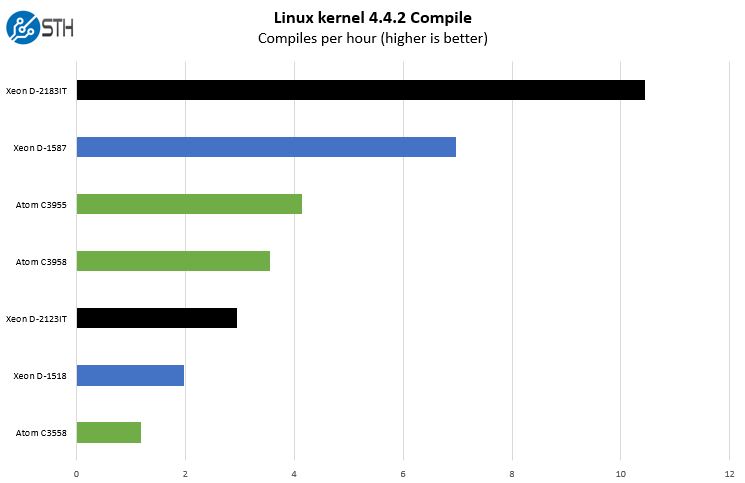
As you can see, the 16 core Intel Atom C3958 SoC on the Gigabyte MA10-ST0 outpaces the 8 thread Xeon D-2123IT even with the Xeon D using quite a bit more power and having essentially twice the available memory bandwidth.
Here is a good example of non-QAT accelerated OpenSSL Verify tests on the same set of CPUs:
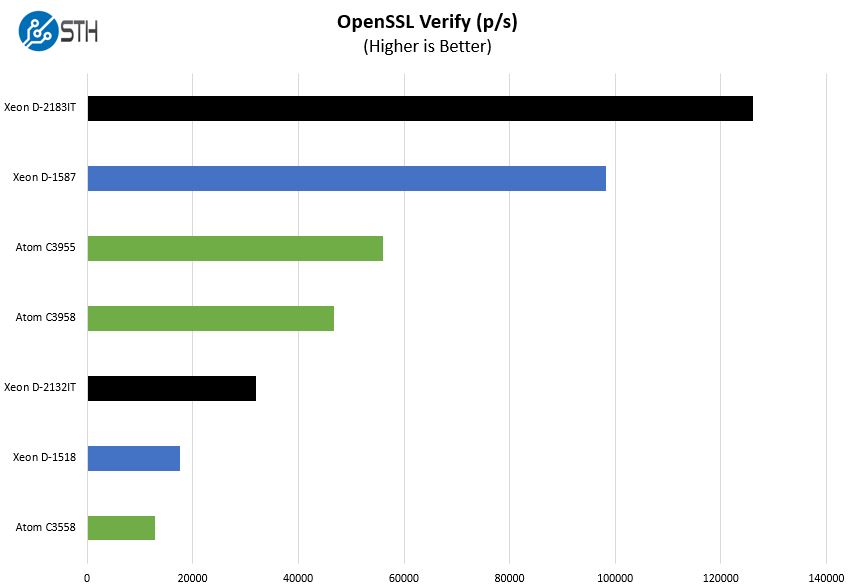
Here the performance of the onboard Intel Atom C3958 does not match Xeon D in terms of raw performance, but when it comes to efficiency, we are going to see a different picture.
Gigabyte MA10-ST0 Power Consumption
In terms of power consumption, we wanted to give a view that shows the idle and maximum observed power consumption of the Gigabyte MA10-ST0 with the onboard Intel Atom C3958 compared to other embedded solutions at 4 core and 16 core levels.
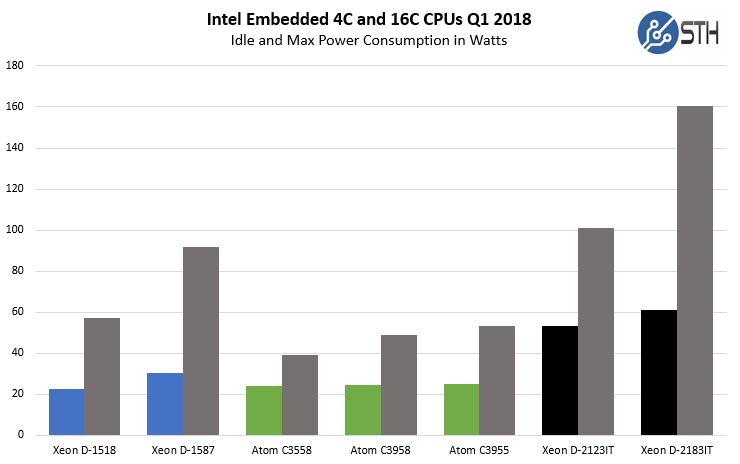
Here the Gigabyte MA10-ST0 is the set of bars represented by the Atom C3958. We are seeing maximum power consumption below that of the idle power consumption of our Intel Xeon D-2123IT test bed. That shows how the Atom series can provide a lot of value, especially in power constrained scenarios.
Final Words
The Gigabyte MA10-ST0 is an exciting platform for the storage industry. With onboard eMMC one can save all 16 SATA III ports for storage without requiring an additional controller. With both 1GbE and 10GbE networking, the platform can be used to virtualize functions and dedicate NICs or provide link aggregation to multiple network endpoints. Using the Intel Atom C3958 means that this platform has a powerful 16 core processor with Intel QAT onboard. This is exactly the type of storage platform many of our readers have been waiting for.

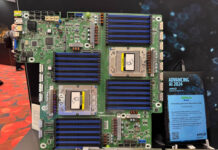
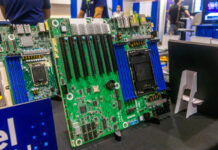

So where can I find this board? I just looked on eBay, Amazon, and Google.
I’m with Kevin on this one, I just checked with all the consumer shops and none have this board in stock. Ingram Micro, Synnex, Westcon Comstar, CDW & Tech Data are all showing no stock.
Kevin and Magnus – I think this is a product you need to call for at the moment.
Estimated price?
Can we have an update on the OS compatibility of this board ( https://www.servethehome.com/testing-the-gigabyte-ma10-st0-with-pfsense-2-4-release-and-freenas-11-u4/ )? This article has piqued my interest.
I’d also be interested in current QAT compatibility and how-to’s with different OS’s.
At home, I run ESXi 6.5 with pfSense 2.4.4 dev and NAS4Free 11.1.0.4 (prefer the UI over FreeNAS) virtualized on top (separate boxen now). pfSense is nice virtualized because Suricata sees E1000 NICs, and its IPS runs flawlessly then. If ZFS is run virtualized, it is best with SATA pass-through enabled (I think this from STH). Does the SATA controller show up as only one controller? Without multiple controllers, SATA pass-through isn’t really plausible.
CDW has it advertised for $1,049.99 – no stock listed
TigerDirect is like $840 but call for stock.
How can a product be given a 9.5 review score with no context of price or availability? is it a 9.5, regardless of price? At $2K is it a 9.5? What if it’s $500? That and the fact that we can’t seem to find this anywhere are the only things that frustrate me with the otherwise great review… that… and the benchmark images are pretty low-rez and tough to make larger.
Hi,
Has anyone tested the 10gbe throughput on the 10gbe nics from any of the 10gbe c3000 boards.
Just curios if a small ssd pool would be bottle necked by the 10gbe nic or the cpu with samba?
“utilize eMMC boot media as storage caching or log devices which can wear out media”
I would not worry too much. First of all it’s eMMC an if you over-provision the device (who needs 32GB, 16 would be plenty) it will last a long long time.
Does the board support SAS drives connected to an expander or is it limited to SATA?
Eric Smith – mentioned in the article but this is SATA only despite using SFF-8087 connectors.
None on Newegg, none on Amazon….
And no idea of price….
Can’t wait! :)
(But, for above $600, they will be keeping it in stock quite a while)
$1049.99 at CDW?
Ouch! :(
But this board has “FreeNAS Dream’ written all over it!
The price must be wrong, Over $1K for this board makes it ridiculous. For a home server, we can buy a lot of hardware if we are not looking for enterprise class hardware.
How does the board perform with meltdown patches enabled? As far as I could see, the Atom C3000 chips do not support the INVPCID instruction and might see a pronounced performance degradation due to TLB flushing with I/O intensive workloads. Did you see any of that in your testing?
Sixteen cores matched to sixteen SATA drives, 2x10GbE for redundant data link + 2x1GbE for redundant management link, embedded boot drive, no RAID on-board, and it’s an Intel platform with QAT… seems a lot like it was designed specifically for use as a Ceph node.
No onboard BBU capability when you included SAD and fiber capabilities?
From where may I buy this motherboard in 2021 ?!
It’s hard to be European end-user nowadays…